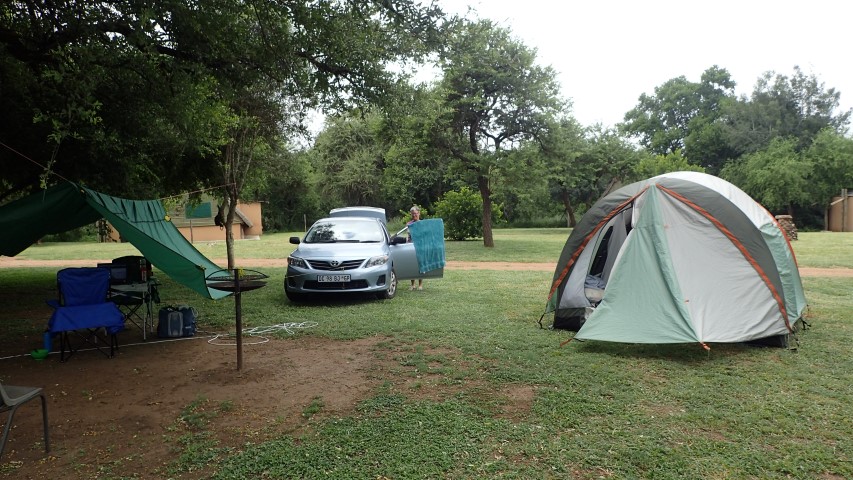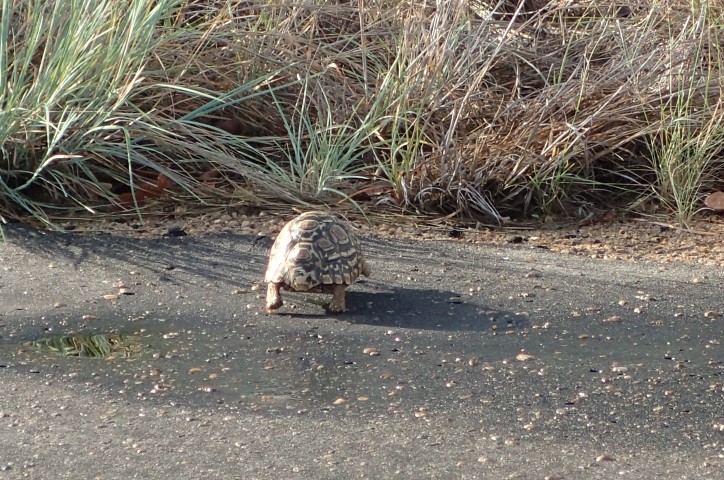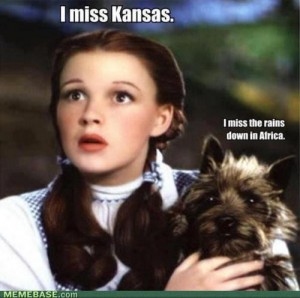
And one last piece of music, with beautiful photos
For our last couple of days and nights, we’re at a wildlife park on the north coast. Its one of the oldest and largest conservation areas in South Africa and goes as far north as the Mozambique border. The reserve is very long and narrow and includes several large freshwater lakes, plus Lake St Lucia which is actually a vast estuary for several rivers. It includes a marine sanctuary, a wide range of game animals, has breeding grounds for 2 marine turtle species, is one of South Africa’s top dive locations, and it seems that everyone apart from us is keen on fishing. As we drove to the campground we saw a zebra, a few antelopey thingys (couldn’t tell what type as they were too far away), and then there were a couple of new little antelopey thingys grazing near our tent site when we got here. Not sure what they were – some kind of grysbok or duiker, perhaps.
We’re staying at Cape Vidal campground, which is about 35kms north of the park entrance near St Lucia. This reserve isn’t part of the SA National Parks group, so our Wild Card doesn’t cover it and we paid an entrance fee in addition to the exhorbitant campground site fees. The entrance fee was okay, but at $55 per night for a powered site, this is the most we have ever paid to pitch a tent. It makes what we paid in Norway in 2013, and at Cradle Mountain, Tassie at Easter last year look reasonable!
The campground is fine, but nothing special – we paid less than 1/3 the night we pitched the tent on the deck in the forest and THAT was special. This one has sandy sites, unimaginative allocation system where we just got the next empty site in the row, when there are other more secluded sites that we’d prefer. Then the next people to come along got the site next to us, and so on.
The monkeys are here in abundance, but none have really bothered us yet. We sat and cooked in the tent last night, which was a good thing in more ways than one as we realised this morning that we’re back in a malarial zone. But just now I got up and walked 5 paces to put something in the car, and in that time a monkey came and sat on the laptop to check out if we had any food on the table worth stealing. They are swarming all over our next door neighbour’s tent and stuff, but he hasn’t left anything interesting out either.
So now we’re at the ‘what was I thinking’ stage of the trip. Happens every time – we end up with a strange collection of food that don’t go well together, and I don’t remember why I bought them in the first place. It’s not too bad though, we don’t have a lot left, apart from most of a kilo of ‘cake flour’. Every supermarket here sells 2 kinds of plain flour – cake flour and bread flour. Each has different protein levels, depending on what you want to use it for. I guess cake flour is the same as our plain flour.
Tomorrow is our last day, we fly out around midday on Saturday. We’ll pack up what we’re taking home, throw out and give away what we’re not, and drive the 600kms to Joburg. This afternoon we’ll drive around part of the reserve and hopefully see some wildlife
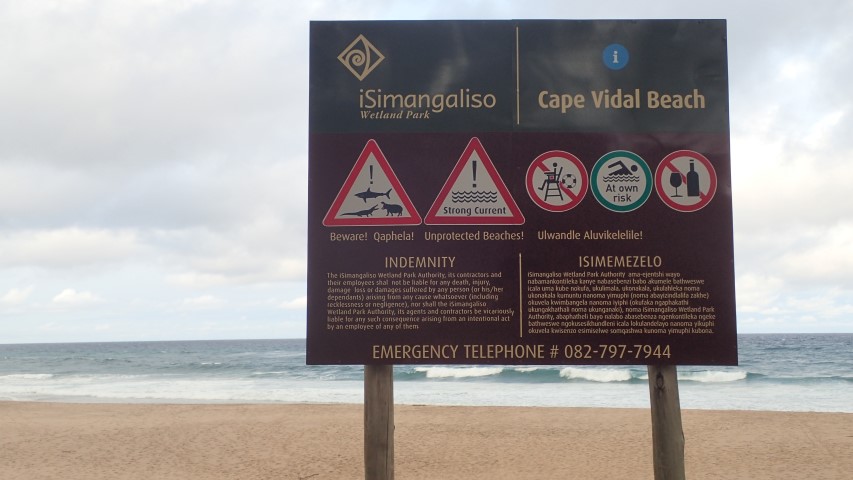

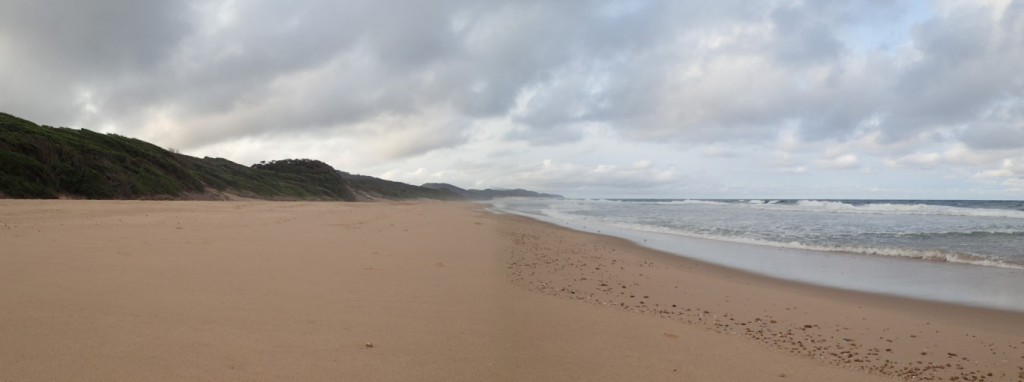
After a couple of days at Addo Elephant National Park, we’re on the move again, heading east towards Durban, where we’re planning on spending a couple of nights.
We went for a drive in the park yesterday afternoon and saw lots of wildlife, including a meercat. We hadn’t seen any meercats before. And just as we’d decided we’d seen enough and were heading back to camp, we found the most beautiful young mother elephant and her calf, eating grass close to the road. We spent ages just watching the 2 of them eat, pulling up a few blades of grass at a time with their trunks. Their trunks are incredible instruments – capable of such fine actions, but also of smelling and detecting things. Their eyesight is very poor.
Close to the park’s office complex is a viewing deck overlooking a waterhole where elephants go to drink. It’s floodlit at night, which doesn’t seem to bother the elephants at all. We walked to it after dinner last night and there was one big fella having a drink.
We drove through Adelaide in Eastern Cape today. As far as we know, apart from our hometown, it’s the only other Adelaide in the world, so we just had to go there. Lots of ‘Welcome to Adelaide’ signs, it has a hospital, a large town square and a museum in an old stately home from the 1860s that looks like it should be on a tobcco plantation in Louisiana, USA. Unfortunately the museum was closed. Not sure what the population is, a couple of thousand perhaps. Like its South Australian namesake, there seemed to be a lot of churches!
We’re staying at a campground just east of East London and we’re the only campers here, although Greg went to try and have a look at the beach (no luck, there’s an electric fence in the way) and one cabin is also occupied. Bit of a shame as the campground has a lovely pool and other facilities, but the road here from the freeway is appalling – major road works on the access road, then a rutted unsealed track that most caravan owners probably wouldn’t like to drive on. Just up the road a bit is a nice sealed section, with brick walls and footpaths on both sides of the road. Strange thing is that behind the brick walls is just an overgrown mess. Like a developer got as far as a decent road and a bit of infrastructure, then ran out of money.
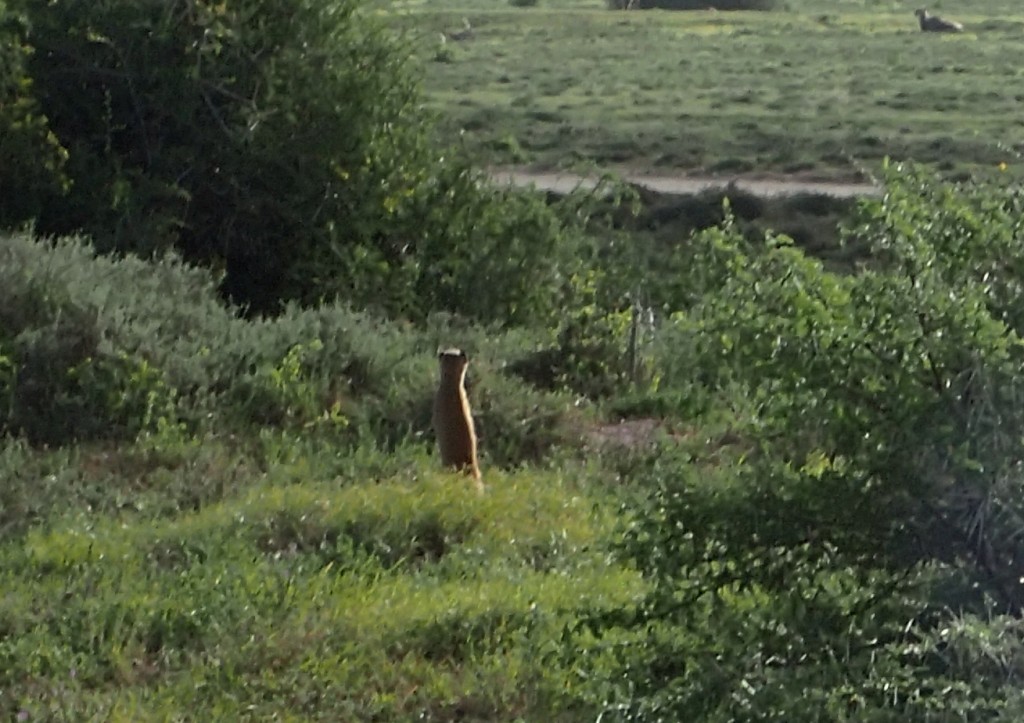
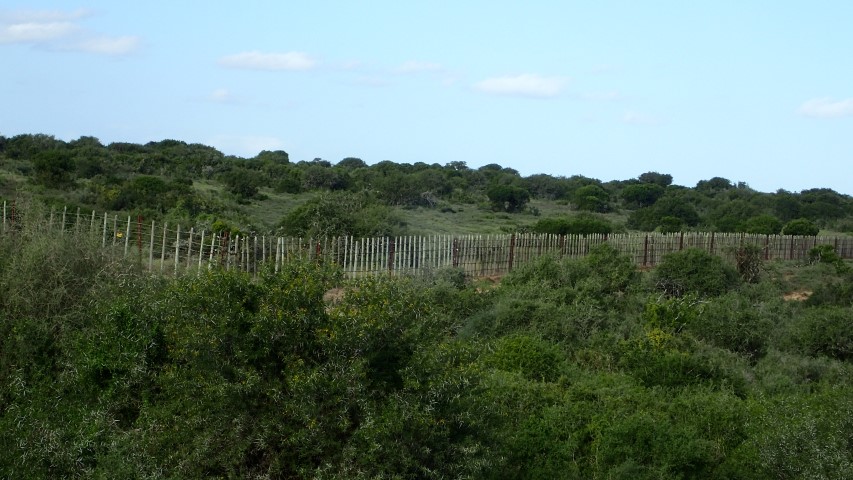
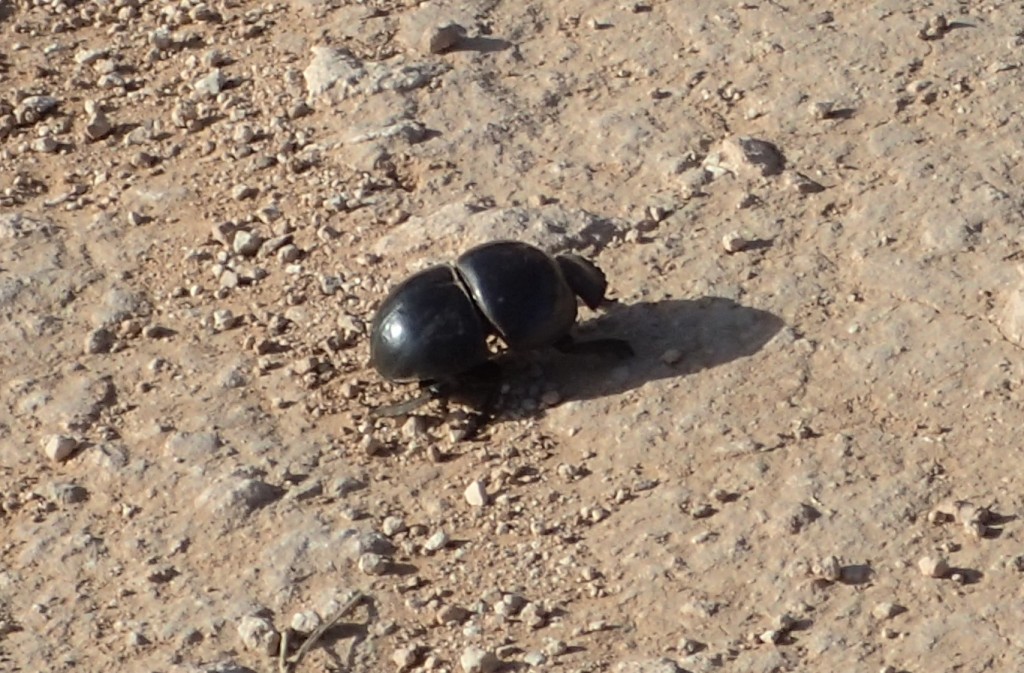
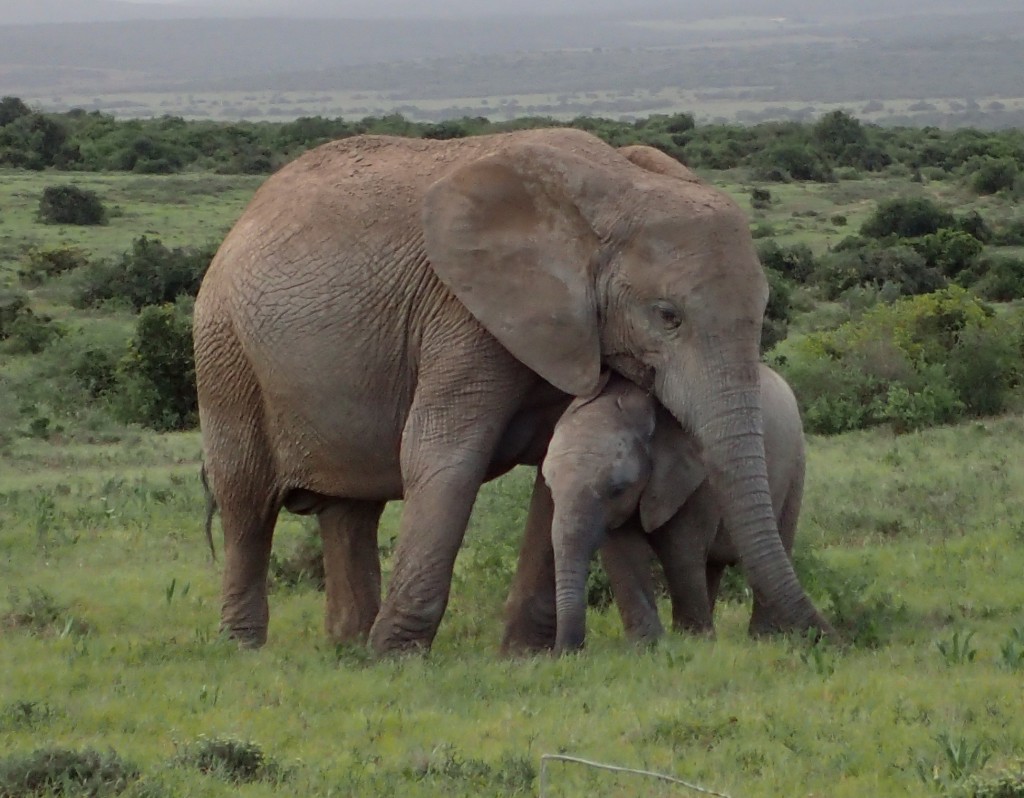
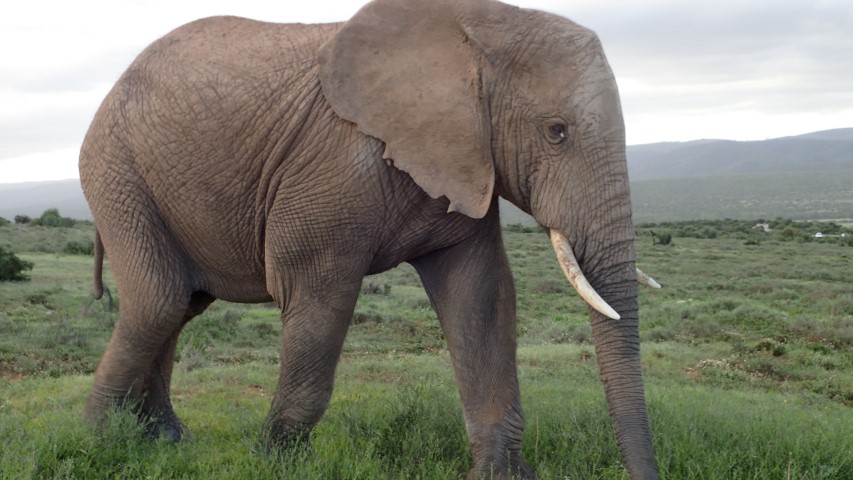
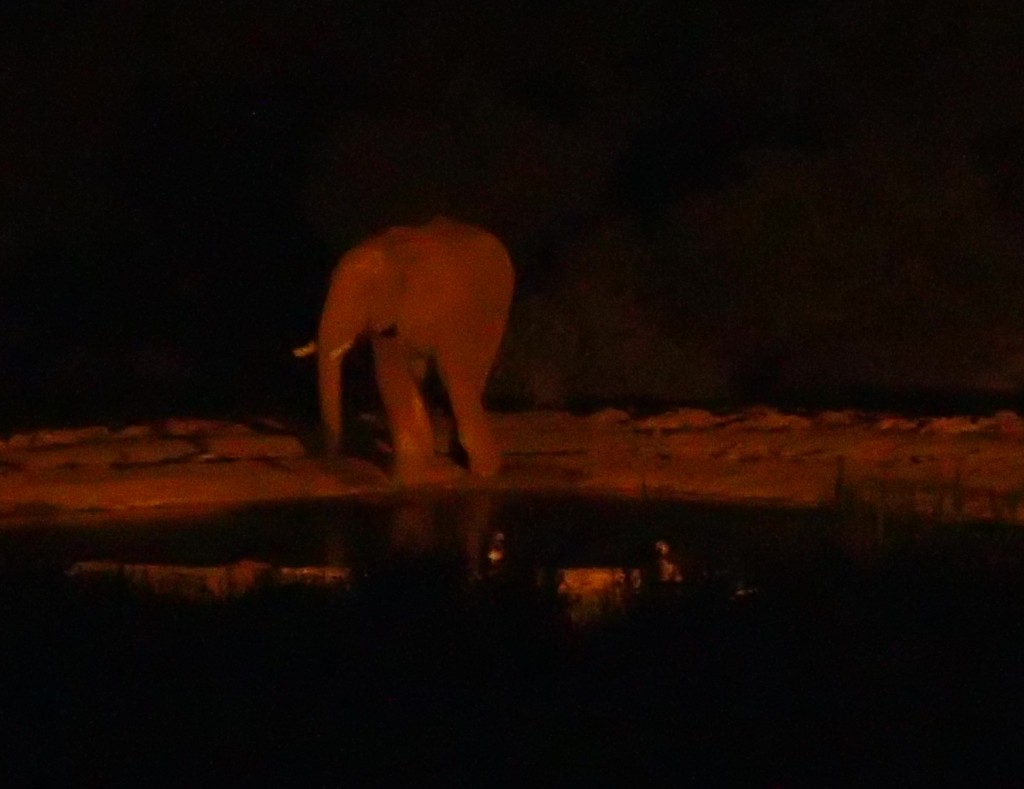
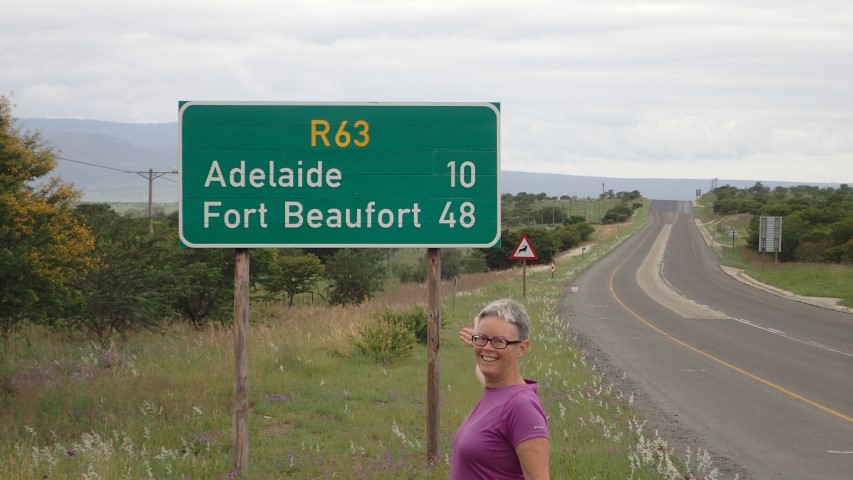
Now I see why this route along the south east coast is called The Garden Route. As we drove along yesterday morning, there were loads of proteas, plumbago and other flowers blooming at the edge of the road. It was raining and we were on the main freeway, so we couldn’t stop to take photos.
The night before last, we ‘pitched’ the tent on a timber platform suspended over forest at Diepwalle National Park in Knysna Forest. To get there, we had to drive through a township, then 15kms on an unsealed road. All but the last couple of kms were pretty good, mainly because the grader had JUST been through. We met it along the track, and then the last couple of kms that hadn’t been done were dreadful. If the whole track had been like that, we probably would have given up.
Greg had read about the Forest Timber Camping Decks in the Knysna Forest on the National Parks website, but there wasn’t a lot of info about them, and no review on Trip Advisor, so it was all a bit mysterious until we actually got there. There are 10 decks, including one with disabled access and 4 with permanent tents set up. Apart from us, only one other deck was occupied. Great for us as we don’t have a strong herding instinct, but a shame that such beautifully constructed decks with excellent facilities aren’t being utilised.
The decks were constructed in 2007, and each deck has space for a reasonable sized tent (ours is a 4-person with large vestibules front and back), plus room for chairs, table and gear. There is a high bench with shelving underneath and a couple of rustic bar stools, a braai, power and lights. As we couldn’t use tent pegs to anchor the tent, Greg got very inventive with tying guy ropes to the slats of the floor and to the railing around the deck. We lit the braai and cooked braaiwors, a long sausage curled into a circle, potatoes and zucchini. My timing was a bit off with the potatoes- I should have par-boiled them first – but we left them in the coals after we’d had dinner, then fried them for breakfast.
It still really surprises us how well-equipped most campsites in South Africa are. Just about every site is powered, with a water tap either at the site or close by. Bathrooms all have hot & cold water, showers and often a bathtub, plus facilities for washing dishes and clothes. Larger parks also have a camp kitchen, with sinks, hotplates and a boiling water dispenser. Compared with campgrounds we’ve stayed at at home, these are excellent. And cheap. The Camping Deck cost us less than $20 for the night.
We kept on driving east, stopping in at Port Elizabeth for some supplies and lunch. PE, or ‘The Bay’, is one of the largest cities in South Africa, with a population of just under 250,000, over 50% of them white. It’s a very large shipping port. East London, which is about 250kms further east, is the largest city in Eastern Cape. From those names, you can guess that the British were the ones who settled this area … in the early 1800s.
About 40kms east of PE is a little seaside village that we just HAD to visit … Colchester. Not much like its British namesake, just a service station and some houses tucked in behind a wall of high sand dunes. Greg’s dad is from the original Colchester in Essex, and Greg and his family lived there for a few years in the early 1960s. There is also a town called Adelaide in Eastern Cape, a couple of hundred kms north of where we are now. We’ll head there after we leave the Addo Elephant National Park tomorrow to see what’s there.
So we’re back in wildlife-spotting mode. Drove into Addo yesterday afternoon, through the southern gate near Colchester. We booked 2 nights at the Main Camp, which is at the northern edge of the park, a 50km drive. We took a few side-roads and saw lots of wildlife, so I’ll resurrect the Wildlife Tally again
Wildlife tally for Thursday 19 Feb
antelopey thingies – common duiker, kudu, red hartebeest. Different species to the ones we saw all the time in Kruger, which were mostly springbok and impala
zebras
elephant
ostrich
warthogs, so many warthogs!
leopard tortoise
New to the list – flightless dung beetles & black -headed herons
This park is so different to Kruger …. of course! Much milder climate, quite mountainous and it’s mostly coastal scrub with just a few tall trees. There is a waterhole near the main camp’s office/restaurant/shop complex with a viewing platform, and a large ‘grandmother group’ of elephants visited this morning.
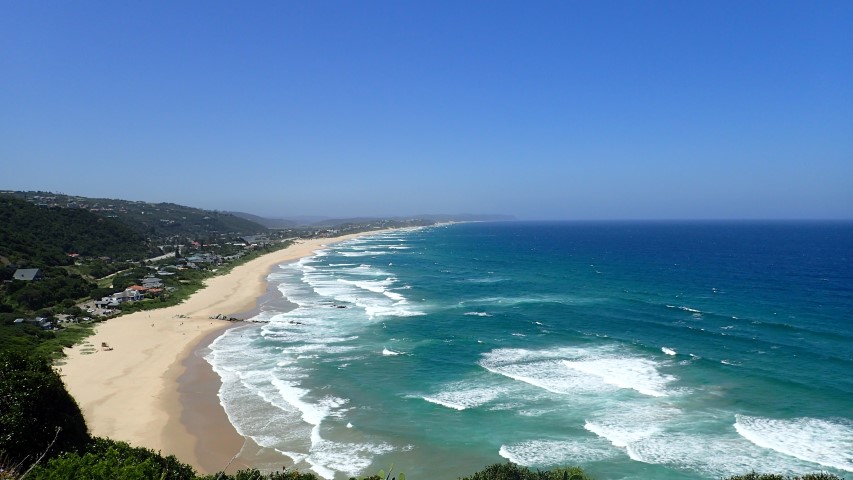
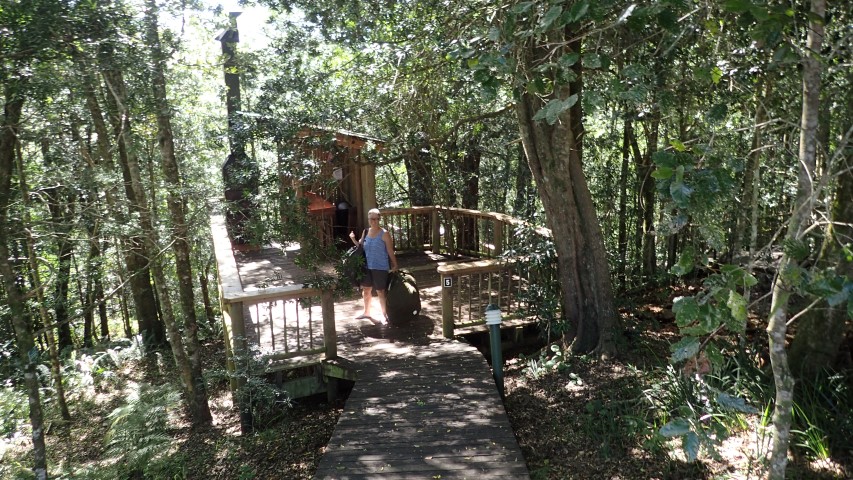
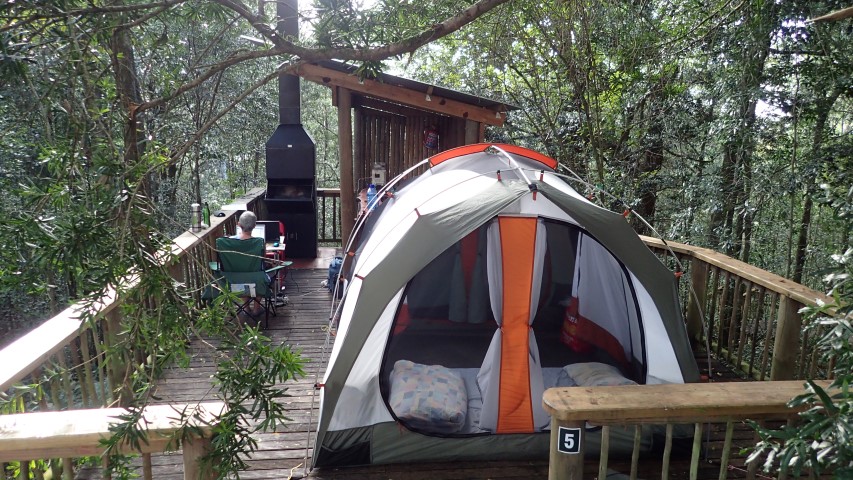
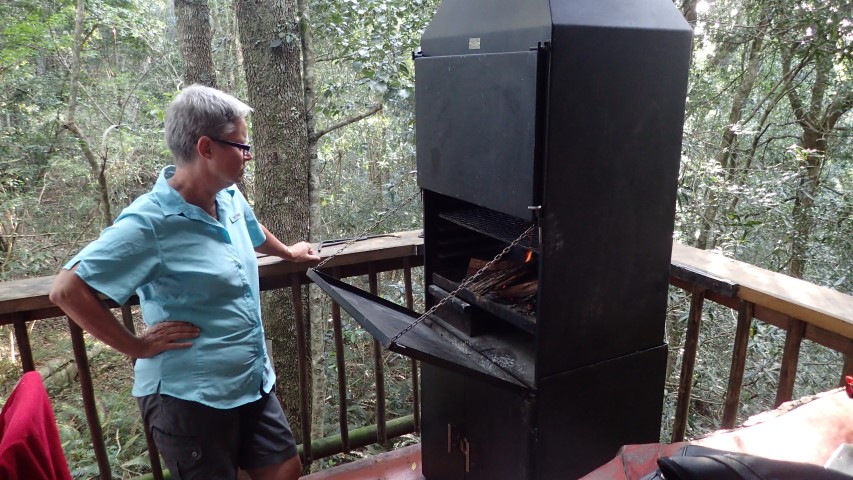
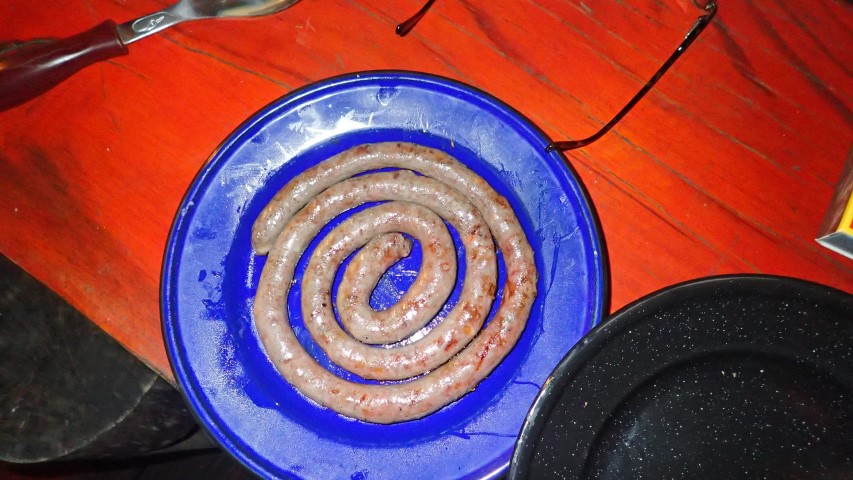
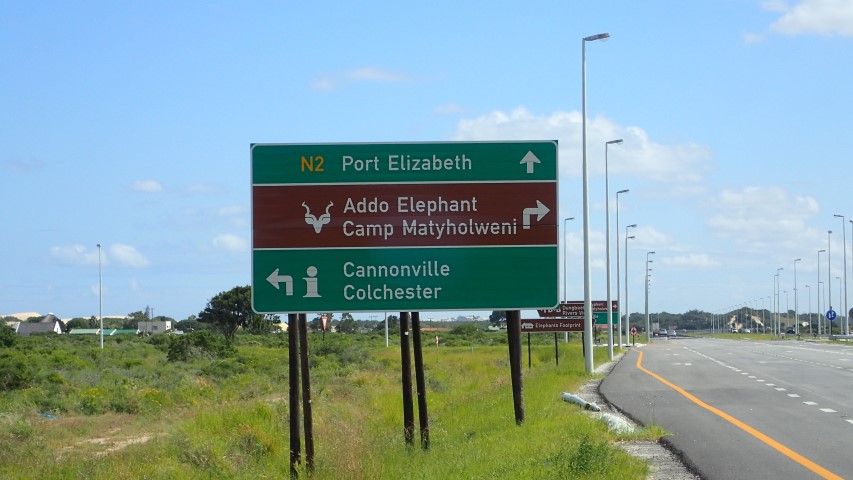
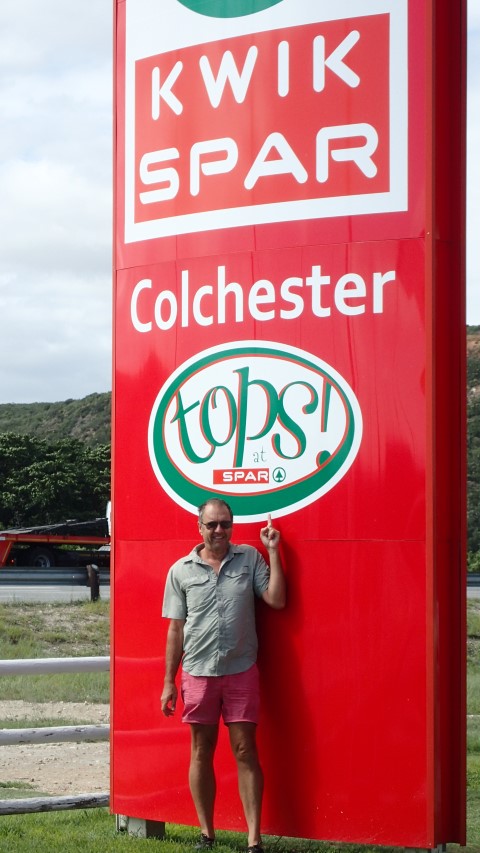
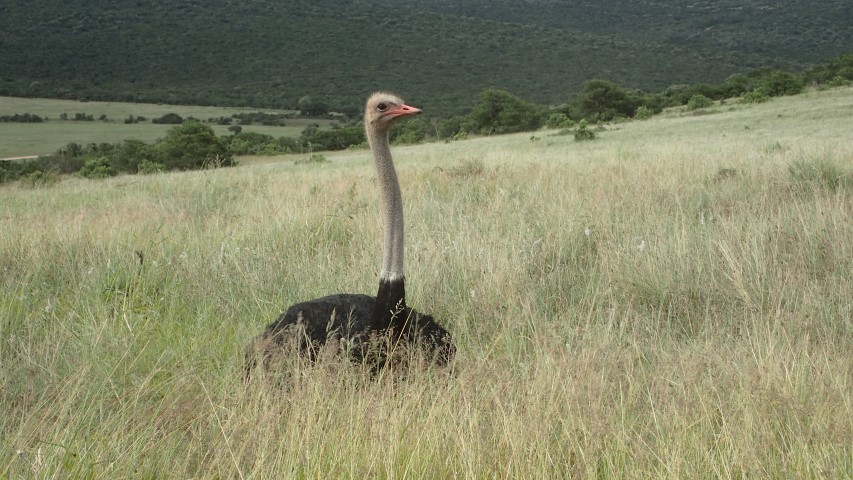

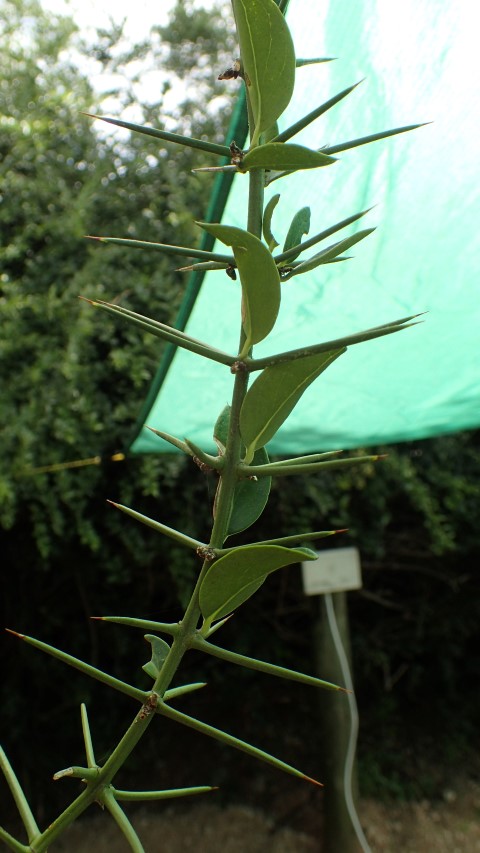
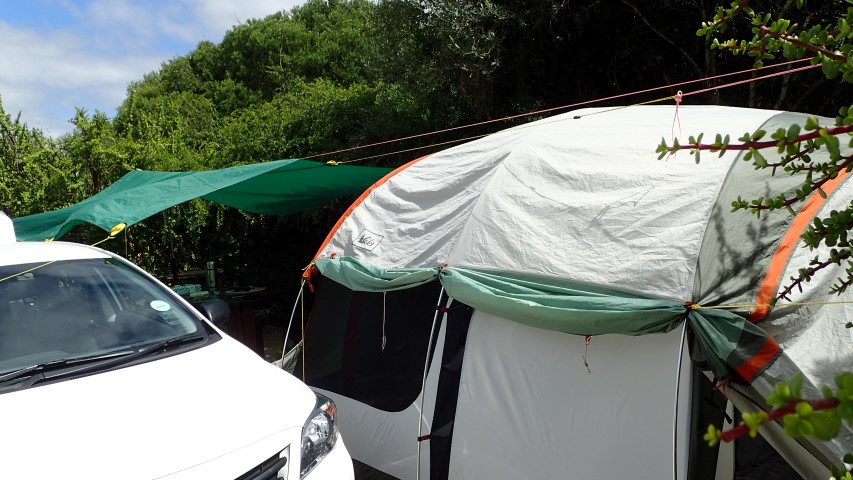
Wildlife tally for Thursday Feb 5
elephants
antelopey thingies – impala & springbok
buffalo
hippo
zebras
white rhinos
lions – we drove up to a ‘wildlife jam’ and someone stopped to tell us that there were lions with cubs. We saw 2 lionesses, but didn’t manage to see the cubs.
Now that we’re out of Kruger, we have to retrain our eyes to stop looking for wildlife. A car stopped by the side of the road isn’t looking at something interesting that we might also want to look at, it’s just stopped by the side of the road. A tall vertical tree trunk probably isn’t a giraffe; a large greyish rock isn’t an elephant, rhino or hippo and that branch of dead brown leaves on a low-growing shrub isn’t a lion. We’ve had a lot of fun and success looking and finding wildlife, though.
We’re in Swaziland. I don’t think I’ll ever get past the thrill of entering another country just by driving across a border. Something to do with living on a very large island and having to travel for HOURS to just leave the country, plus the time it takes to get to another country from Australia. We’re getting the hang of negotiating immigration and customs now that we’re in our 4th African country, but we need to get better at answering the inevitable question: ‘Where are you going?’ Our vague ‘oh we’ll camp somewhere near something’ isn’t acceptable, and nearly every time we go through a border check we have to drag out our maps to point to where we’re headed, because we can’t quite remember or pronounce the complicated African names.
It’s so different here, even though it’s only about 50kms south of where we were. We left Kruger mid-morning with the temperature in the low 30s, and by the time we got to Malolotja Nature Reserve at around 4.30, we had driven through a thunderstorm and it was a chilly 17C. We’re in the north-western part of the country, just 35kms from capital Mbabane, but we’re overlooking rolling green hills on all sides, with mountains to the west. We don’t have internet access here so I can’t check, but I guess the mountains form the border with South Africa. This part of Swaziland is very mountainous, very green, very scenic and very poor. We drove through eucalypt and pine forests and were alarmed to see a couple of fires in the eucalypt forests. They were in cleared areas, burning the tree stumps and debris. Greg thought that was pretty brave, and not something that would ever happen in plantations at home. But then, if it rains often and as torrentially as it did yesterday, it’s probably more of an issue to keep the fires alight than worry about them getting out of control.
On our way here we stopped at a supermarket in a shopping complex at Piggs Peak, a former gold mining area. Today forestry and tourism are the main industries. Heaps of people everywhere, but only a small carpark that was only half full. Not many people own cars, most either catch minibuses if they can afford them … or walk. The supermarket was well-stocked, but a closer look showed a whole display section with 6 shelves full of the same brand of baked beans. Meat is expensive for the locals, and it seems that they eat a lot of TVP if the range on the shelves was anything to go by – lots of different flavours (beef, oxtail, chicken) packaged lots of different ways – with pasta, rice, curry, vegetables. I bought a packet of ‘chicken flavour with pasta’, which looks rather a lot like beige flour. Cost $1.10, feeds 4 people.
We stayed in a log cabin last night. It cost us $60. I thought that if we camped, we might have to make a few dashes to the car to get away from lightning, and even though Mr Adventure is reluctant to concede, I was right. It hailed a couple of hours after we’d got ourselves settled in, and the storms continued into the night. We had no power until the early hours of this morning, which didn’t really worry us – we cooked on our gas stove and used our headlight torches for light. There was plenty of hot water and we put our refrigerator stuff in the freezer, then moved it to the fridge when the power came back on so it wouldn’t freeze.
Today’s plan is to visit Mbabane and Manzini, the largest city in Swaziland. Manzini (then called Bremersdorp) was the capital until the end of the Boer War, when the British moved it to Mbabane (which probably got its name from a small and bitter high-veld plant), probably because Bremesrdorp had been looted and burned to the ground. The name Manzini, meaning ‘at the water’ was officially adopted in the 1960s. We’re planning on staying at the Mlilwane Wildlife Sanctuary, Swaziland’s oldest nature reserve. It celebrated its 50th anniversary in 2014.
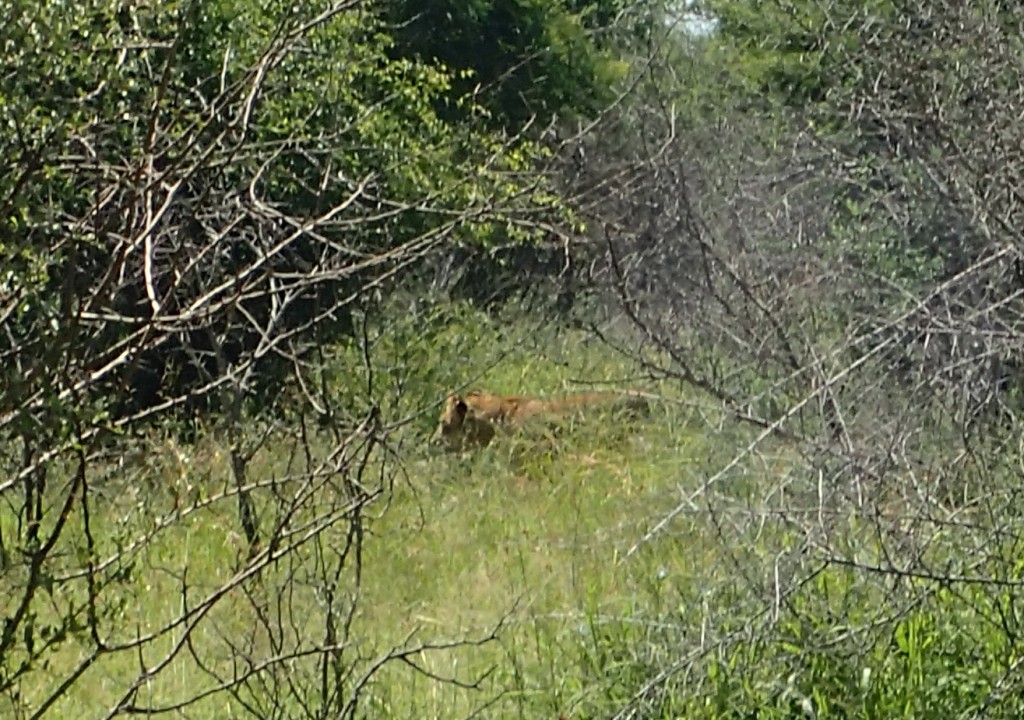

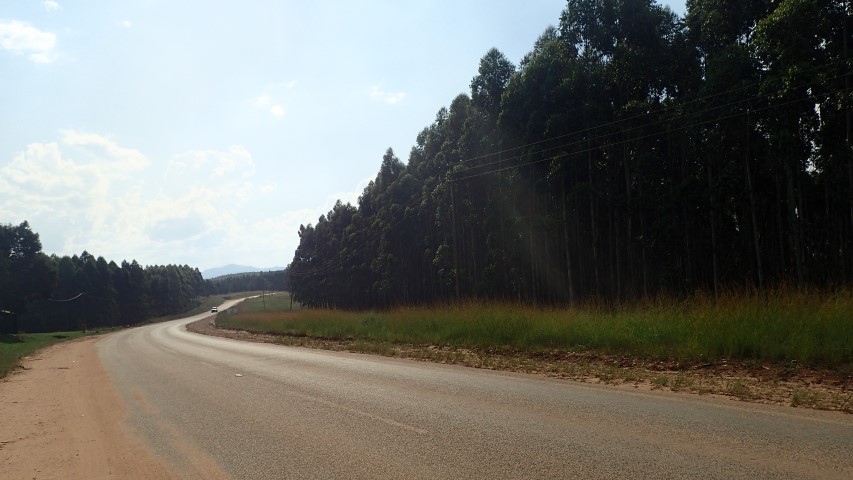
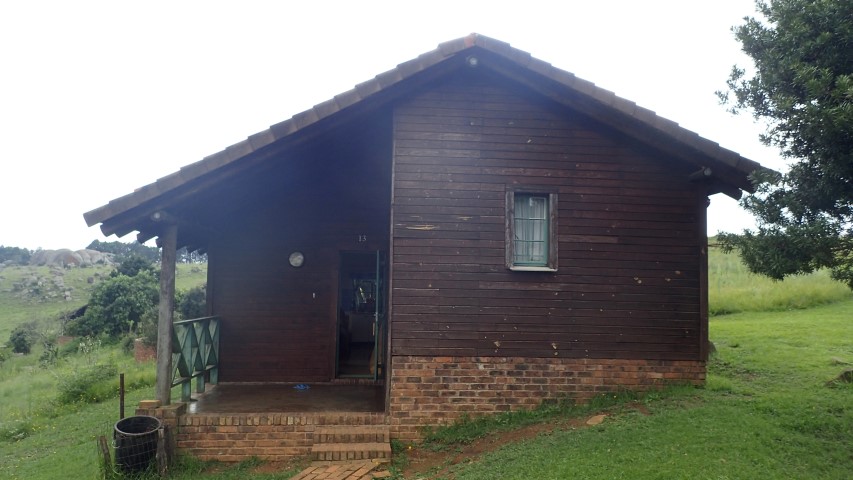
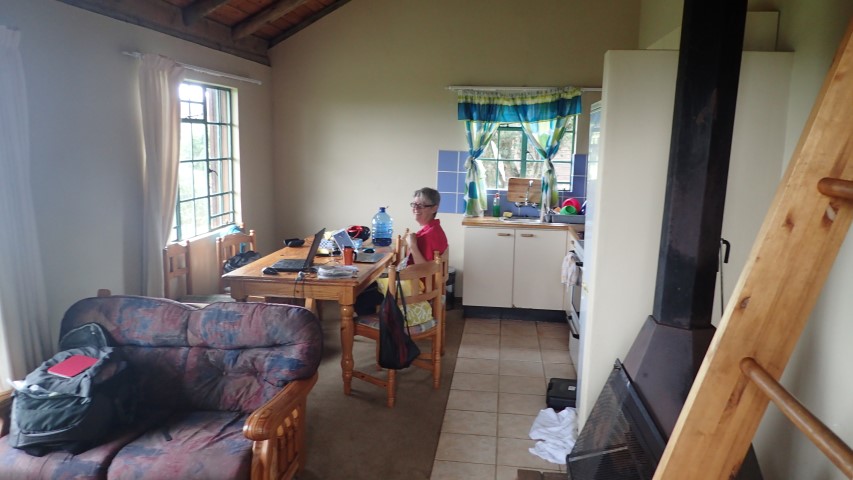
We’ve made it! If it hadn’t taken us so much longer than we intended, arriving at Kruger wouldn’t really be a big deal. As the country’s most popular and best-known tourist destination, people visit this park in droves – as day visitors, on bus tours, to stay overnight or longer, to see wildlife and to generally just chill out.
Still, our travels to get here have been interesting and thankfully we’ve had no major mishaps along the way. We somehow just seem to choose the ‘road less travelled’, don’t we?
We have been driving through orange groves, banana and mango plantations and past farms growing tomatoes, peppers, pumpkins and maize. Always maize, planted wherever there are a few spare metres of vacant land. On our way here, we drove past the area where the liqueur Amarula is made. It’s a creamy liqueur made from marula fruit, known as ‘elephant fruit’ because apparently elephants will walk for miles to eat them, they are so delicious. We saw people picking the fruit from trees by the side of the road. I guess if there is one commercial manufacturer of Amarula, there are lots of backyard operations and ‘home-brewers’ of it as well.
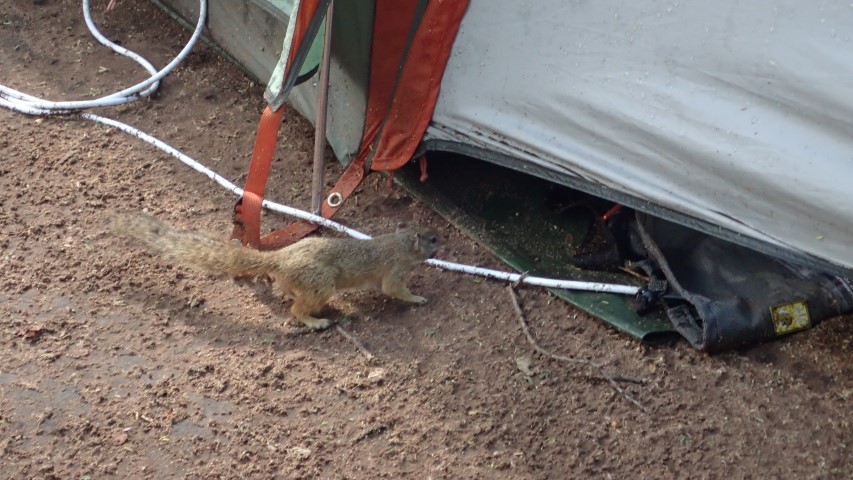
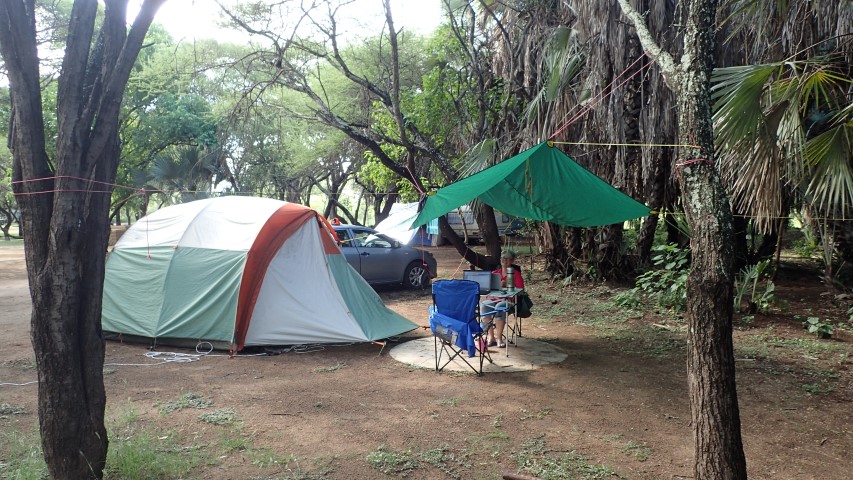
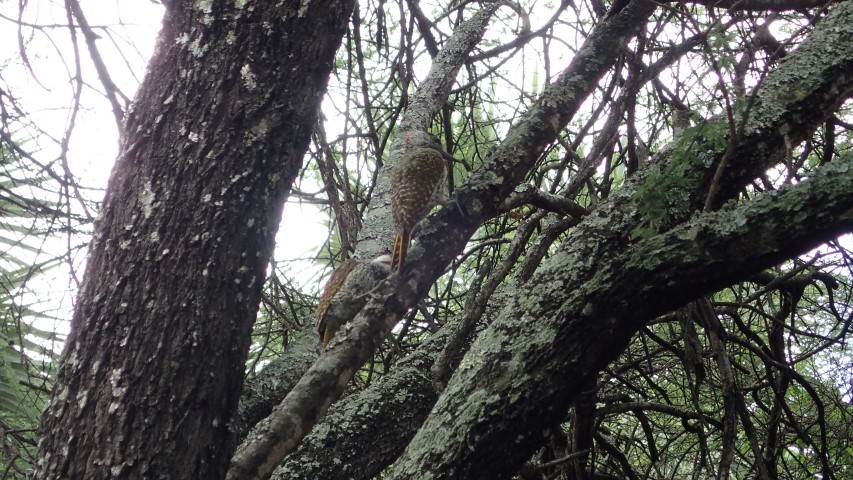
Seems like it’s taken us days to get to Kruger … probably because it HAS taken us days to get there. We’re at Tzaneen having fish & chips for lunch and taking shelter from the rain. A reminder that we’re still in the tropics.
Our day of obstacles improved yesterday afternoon – decent roads, a visit to a shopping centre in Louis Trichard for essential supplies (bananas for Greg) and to replace the crappy folding chairs we bought barely a week ago and which have already broken. While we were in the checkout queue I spotted 2 copies of Simon Bryant’s first cookbook, Vegies. Simon is my favourite Adelaide chef. He used to be the Executive Chef at the Adelaide International Hilton, but now has his own food business, doing things ranging from cooking his version of Asian street food around Adelaide & at Fork on the Road food truck events, to spending this week cooking in San Francisco for the G’day USA/Australia Week. He also has an excellent range of lentils and legumes, sourced from around South Australia which is marketed under the ‘dirt(y) inc’ brand. Seems like he and his ‘people’ hasn’t realised that his book was available in South Africa – I’m going to watch out for it and give a tally at the end of the trip.
We found another nature reserve to camp in last night – the Ben Lavin Nature Reserve, a few kms south of Louis Trichard. Not many people there, but thankfully not as deserted as the ‘Marie Celeste Campground’ as we are now calling the Nwanedi Game Reserve. Nice camping area and what they call on-site tents, but which are actually solid constructions with thatch/canvas roofs. The reserve was originally farmland, but was donated to the Wildlife Society by Ben Lavin’s widow in the 1970s. More info here, with some great photos. We didn’t see any wildlife while we were there, but then, we didn’t really go looking for it.
And so we get ever closer to Kruger. Should get there this afternoon, hopefully.
I’ve got the pox! No, not really, but one side of my face is all red and blotchy. An allergic reaction to either to insect repellent I put on a couple of nights ago, or the thorny tree I walked into the same night. So many African plants have thorns, which is their best way of surviving here, I guess.
We’re planning our return to Joburg next weekend and hope to spend a few days there in a loft apartment. We’re just waiting to get confirmation from the owner. There are a few places available, at reasonable prices.
